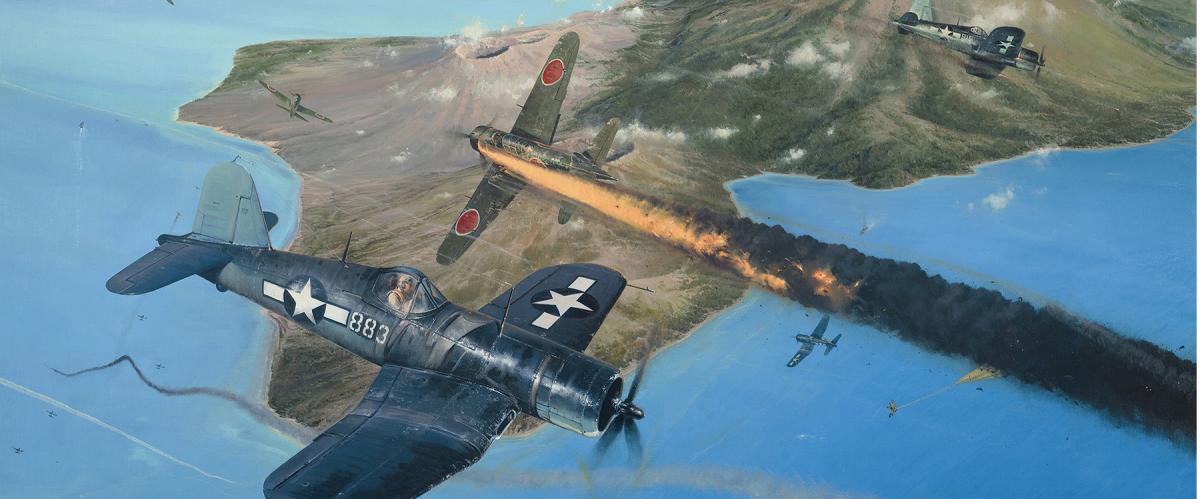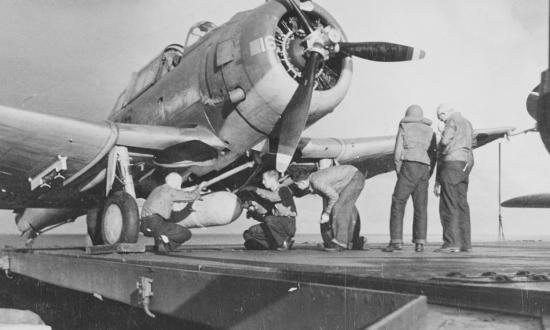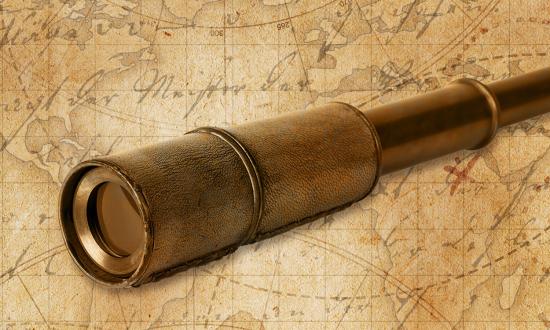When you think of U.S. Marine Corps aviation in World War II, you can be forgiven if you automatically think, “close air support.” It would seem to be a given, that this would have been the salient mission, the constant number-one training drill, like in the movie Flying Leathernecks, when the Cactus Air Force squadron crew is talking about their gruff new commanding officer, played by John Wayne: “I’ve heard about this guy. He’s rugged. He led close air support training at North Island. He made them come so close to the beach they picked up seashells in oil coolers.” Beyond popular imagination, close air support was officially stamped as the doctrinal essence of Marine Corps aviation.
But as our cover story this issue vividly illustrates, Marine Corps aviation was anything but limited to the close air support role in the Pacific war. In his masterfully researched article—the First Prize winner in this year’s CNO Naval History Essay Contest—Retired Marine Lieutenant Colonel Peter F. Owen plumbs the statistics to come up with a very different picture of Marine air power’s role in the struggle to defeat Japan. In fact, as Owen shows, Marine air supported the fleet considerably more frequently than it supported troops on the ground. From the Solomons campaign to the climactic fight for Okinawa, Marine aviation filled a multitude of roles—even flying off carriers as the conflict reached its final phase. It is both an eye-opening reevaluation of the Marine aviation experience in World War II and, as Lieutenant Colonel Owen aptly observes, a testament to aviation’s versatility amid the shifting necessities of warfare.
Also in this issue, we honor the memory of a tragic event that occurred 20 years ago this February: the Columbia space shuttle disaster. Our ever-reliable Age of Sail historian William Prom ventures from his usual forays among the distant days of oak and canvas to present this poignant chapter of recent history—one with a distinct U.S. Naval Academy connection. Willie McCool was a star runner during his Annapolis years, a leader of the pack on the cross-country track and an upbeat, all-around inspiration to his classmates. Later, he would meet his fate on the doomed Columbia as a member of the shuttle’s crew. Today, a memorial at the Naval Academy honors one of its own—one who left this world all too soon.
Meanwhile, Coast Guard historian William Thiesen returns with a fascinating portrait of a fascinating man: Captain Michael “Hell Roarin’ Mike” Healy, the celebrated Revenue Cutter officer of the Alaskan maritime frontier during the wild and wooly 19th century. He was a man of big appetites and big accomplishments, a beloved legend in his day. And, unknown to virtually anybody at the time, he was also something much more—the nation’s first commissioned officer of African-American descent.
Here at the U.S. Naval Institute, we have a legendary figure or two of our own, and as we now enter our 150th anniversary year, we’d like to celebrate one of them in this issue, namely, our principal founder, John L. Worden. He garnered great fame, of course, for his command of the ironclad USS Monitor during her world-famous clash with the CSS Virginia. But he had other noteworthy exploits to his credit as well—including the sinking of a notorious Confederate warship while in command of the USS Montauk. John Quarstein, director emeritus of the USS Monitor Center at the Mariners’ Museum in Newport News, Virginia, serves up this actionful Civil War episode for us—one that added another feather to Worden’s cap. And there would be others in Worden’s career as well . . . stay tuned for more!
Eric Mills
Editor-in-Chief






